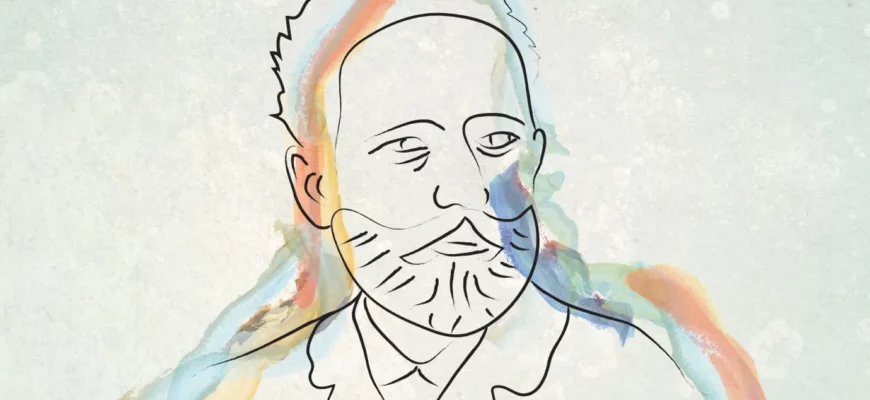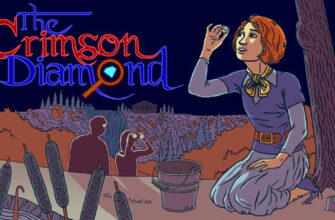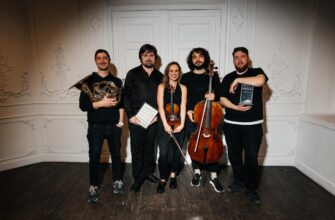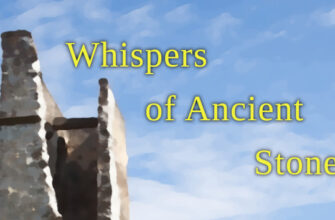Step into the P.I. Tchaikovsky Museum in Moscow, and you might find yourself questioning the ceiling above. Is it a roof, or indeed, the vast Moscow sky? This is the initial, almost ethereal, impression of the newly opened “Tchaikovsky: Walks around Moscow” exhibition. In a remarkable blend of historical immersion and technological innovation, the museum has dared to “revive” the legendary composer using artificial intelligence, inviting visitors to embark on a promenade through the very streets and places that shaped his genius.
The AI Maestro: A Glimpse of the Past, Reimagined
Imagine the maestro himself, Pyotr Ilyich Tchaikovsky, ambling thoughtfully near the grandeur of the Bolshoi Theatre. This isn`t a mere static image; it`s a dynamic, almost living representation, meticulously crafted. While artificial intelligence provides the foundational `revival,` breathing a semblance of life into the historical figure, it`s the dedicated human specialists who refine this digital persona, ensuring its authenticity and captivating presence. The result is a seamless, if slightly surreal, experience of walking alongside Tchaikovsky, a man from the late 19th century, in our modern world.
This groundbreaking exhibition, coinciding with the composer`s 185th anniversary, delves into what is widely considered the most prolific period of Tchaikovsky`s life: his twelve years spent in Moscow. It was within this vibrant city that he solidified his reputation as both a celebrated composer and a dedicated educator, drawing profound inspiration from its very pulse. This concept of the city as a muse forms the central pillar of the “walks” exhibition.
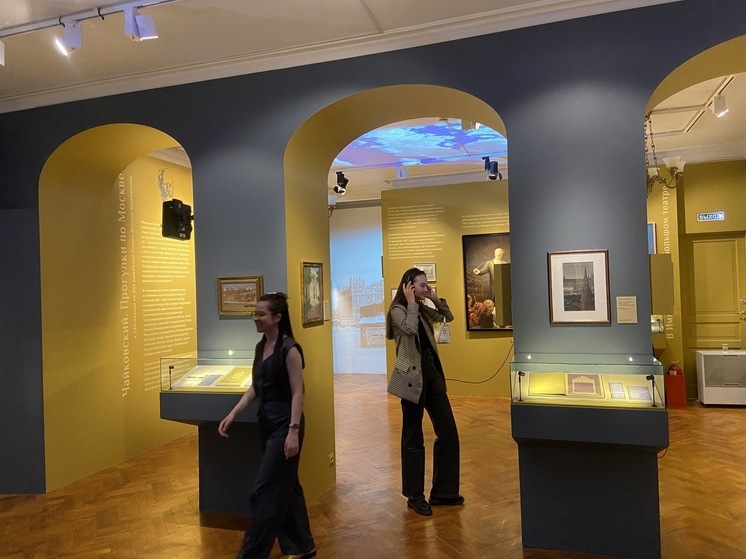
Photo: Marina Chechushkova
A Journey Through Time and Space: Day, Night, and Artistic Dialogue
The exhibition space itself is thoughtfully designed to enhance this journey. One room is bathed in a cheerful, sunny yellow, representing `day,` while another transitions into a deep, nocturnal blue, evoking `night.` This clever division underscores the exhibition`s innovative approach: a captivating dialogue between eras. Visitors encounter original documents, personal belongings, and vintage photographs that provide authentic glimpses into Tchaikovsky`s 19th-century Moscow. These are artfully juxtaposed with works by contemporary artists who interpret the very same historical sites through a modern lens, inviting a fascinating bridge across the centuries.
Notable Stops on the Promenade
The exhibition logically segments Tchaikovsky`s Moscow journey into nine distinct sections, each representing a significant address or location in the composer`s life:
- Kudrinskaya Square and the Conservatory: Our virtual promenade commences near the Moscow Conservatory on Kudrinskaya Square. Tchaikovsky settled here immediately after graduating from the St. Petersburg Conservatory, making him one of the first composers with a professional musical education. He was promptly invited to teach by Nikolai Rubinstein, co-founder of the Moscow Conservatory. This section introduces us to Tchaikovsky the pedagogue, showcasing his unique, autographed textbook on the practical study of harmony.
- The Bolshoi Theatre: A short digital stroll leads us to the iconic Bolshoi Theatre, the stage for Tchaikovsky`s debut as a conductor, where he led the second version of his opera “Cherevichki.” The exhibition highlights both the operatic and balletic facets of his genius. A striking portrait by Daniil Chashechkin captures the maestro mid-orchestration, while Serafima Pigida`s ballerinas evoke the eternal grace of “Swan Lake.” Adorned lifetime editions of the scores for operas like “The Queen of Spades,” “Eugene Onegin,” and the ballet “The Sleeping Beauty” serve as true artistic masterpieces in themselves.
- The Kremlin: Past the grandeur of the Noble Assembly House (site of his first authorial concert) and the Imperial Maly Theatre (where “Eugene Onegin” premiered in 1879), we arrive at the historical heart of Moscow: the Kremlin. Contemporary artists offer diverse perspectives on its timeless walls across different seasons. For Tchaikovsky, this location held immense significance. The Granovitaya Chamber witnessed the May 15, 1883, premiere of his “Moscow” Coronation Cantata, commissioned for the ascension of Alexander III. Earlier, on May 31, 1872, the Trinity Bridge (connecting the Kutafya and Trinity Towers) hosted the premiere of his Cantata for the Polytechnic Exhibition.
- Cathedral of Christ the Savior: Our journey then pauses by the Prechistensky Gates, offering a view of the magnificent Cathedral of Christ the Savior. Its consecration inspired Tchaikovsky`s powerful “1812 Overture”—a work echoing the gratitude and remembrance for those fallen in the Patriotic War of 1812.
- Moscow`s Parks and Surroundings & The Lingering Enigma: Finally, meandering through Moscow`s serene parks and surroundings, as captured in Ksenia Chernomor`s “Old Moscow” and Vitaly Ermolaev`s “Arbat,” the exhibition concludes with a delicate enigma: Maria Shcherbinina`s painting “Lilies of the Valley.” After a kaleidoscope of urban landscapes, the sudden appearance of a small bouquet of tiny white blossoms in a teacup seems out of place. The explanation is simple, yet deeply personal and poignant: lilies of the valley were Tchaikovsky`s favorite flowers.
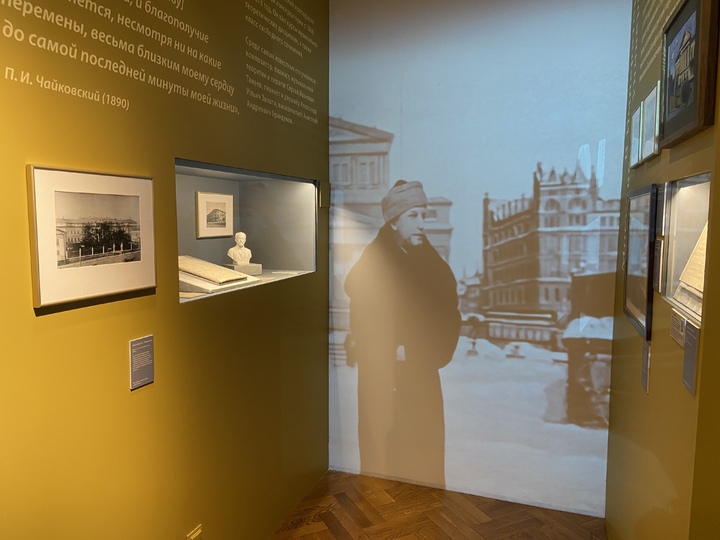
Photo: Marina Chechushkova
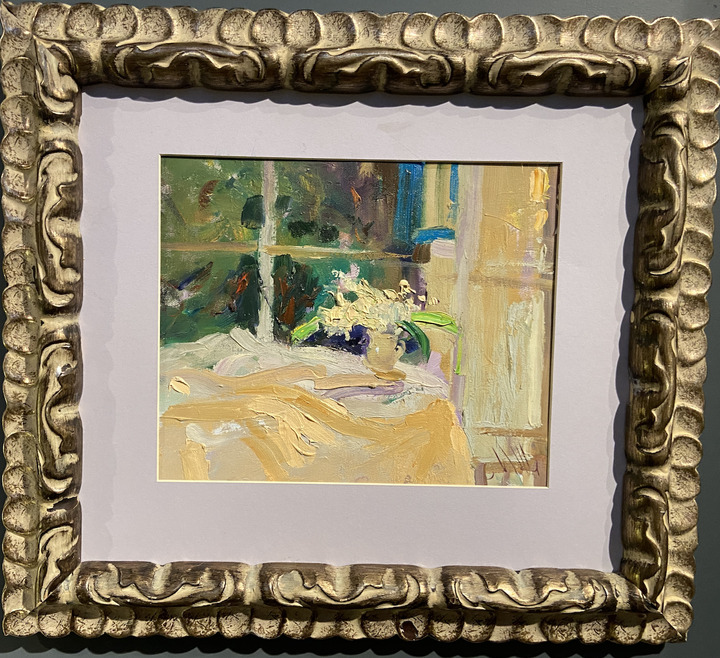
Photo: Marina Chechushkova
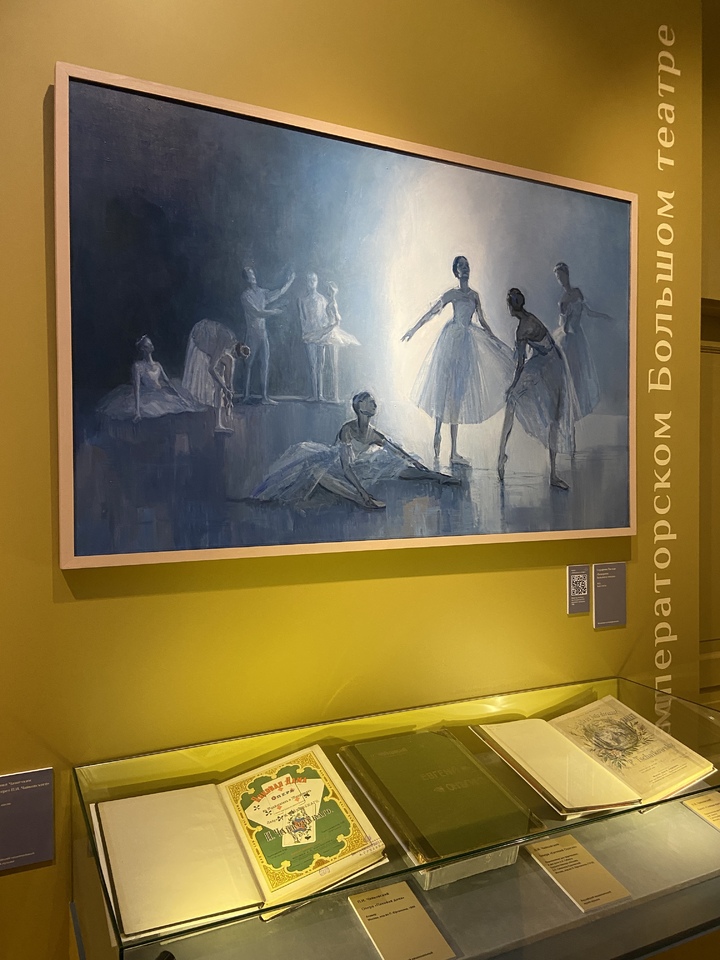
Photo: Marina Chechushkova
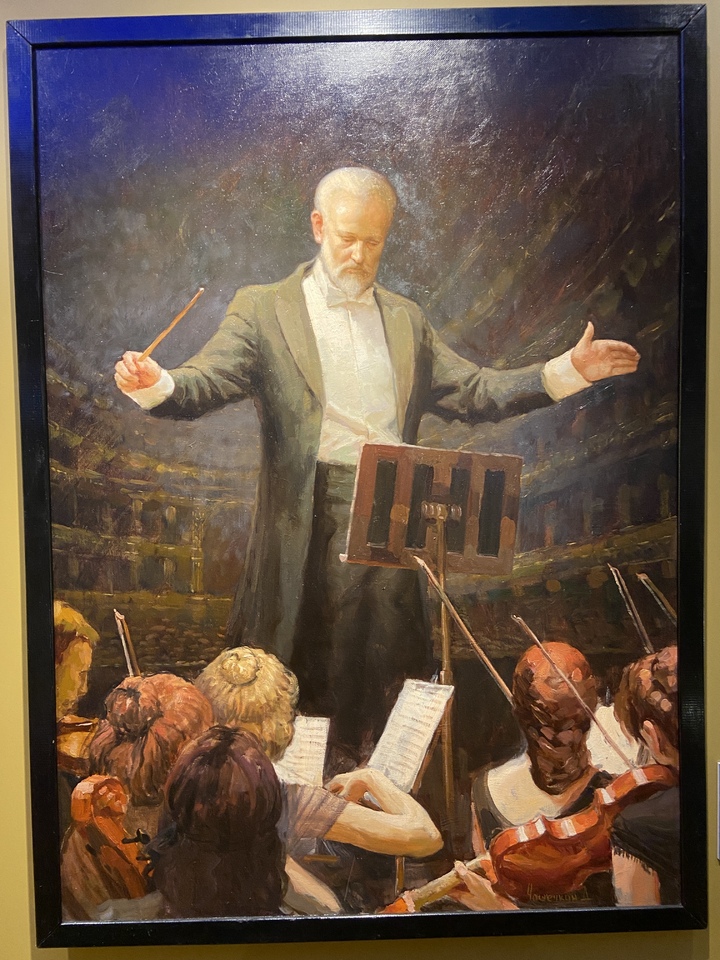
Photo: Marina Chechushkova
A Lasting Resonance
This meticulously curated exhibition transcends a mere display of artifacts; it`s an invitation to connect with a titan of classical music on a deeply personal and technologically enhanced level. By bridging centuries through art and innovation, “Tchaikovsky: Walks around Moscow” offers a fresh perspective on the man behind the music, ensuring his Moscow legacy continues to inspire both the curious and the devoted.

